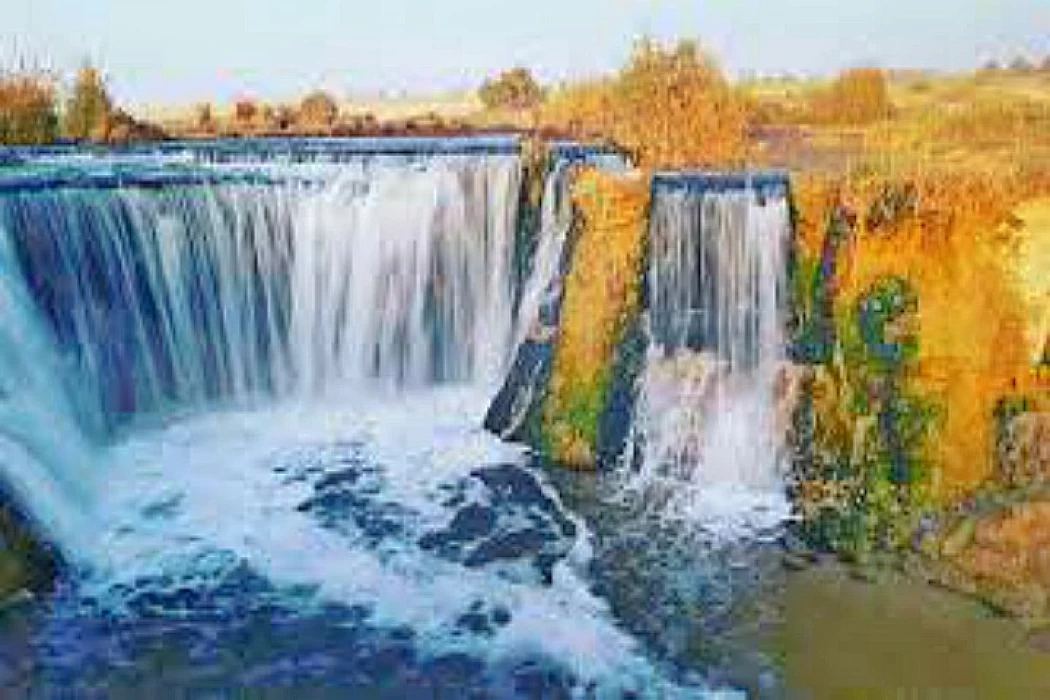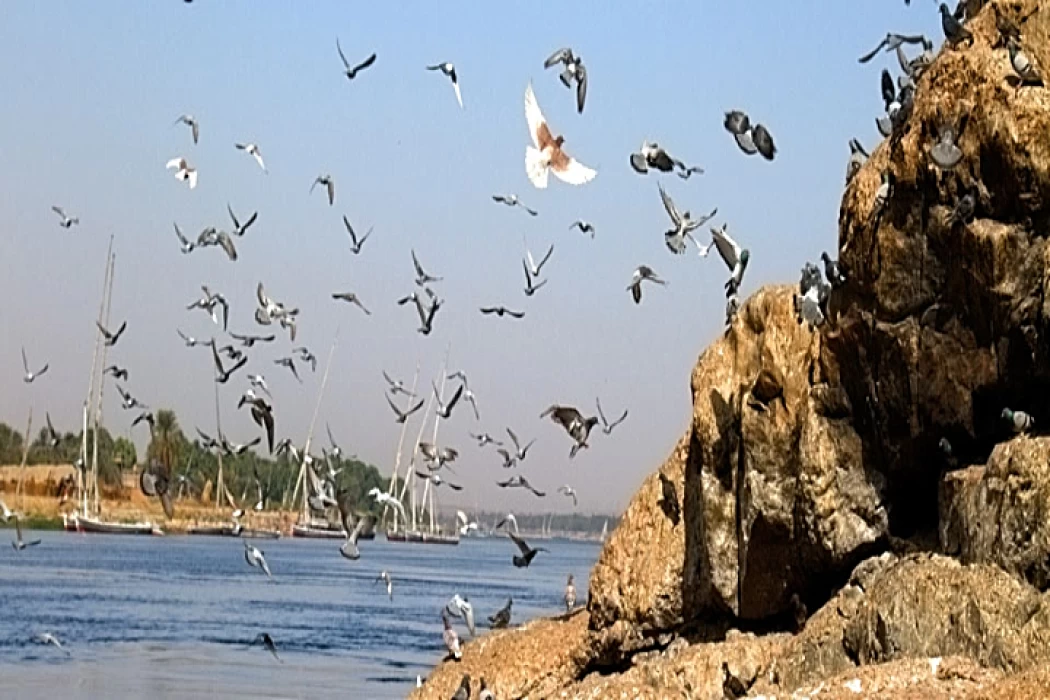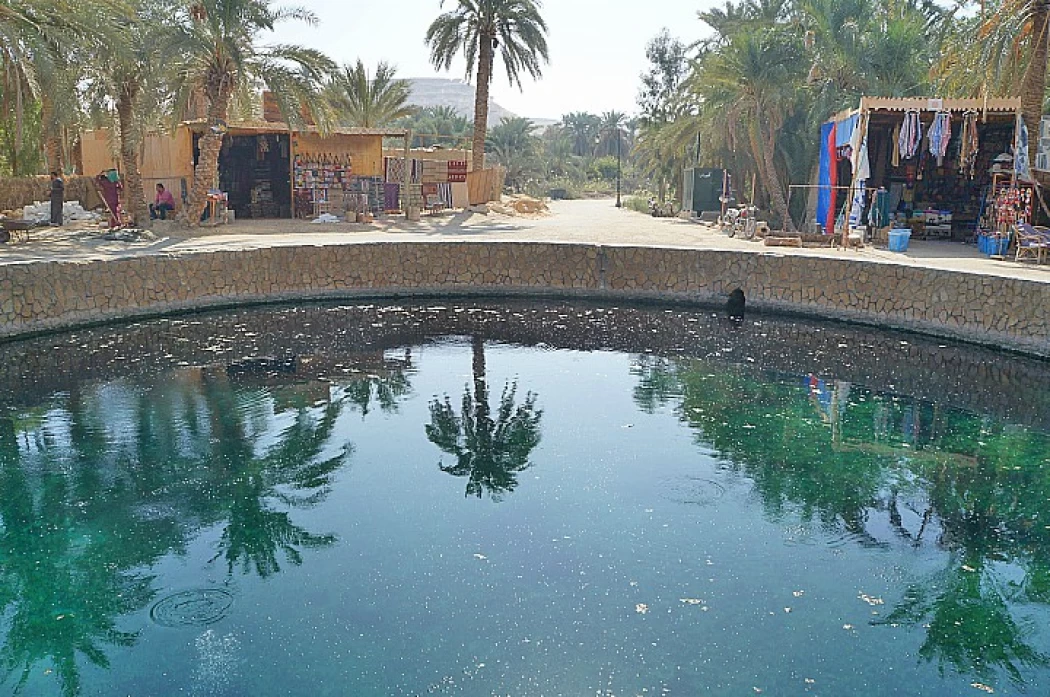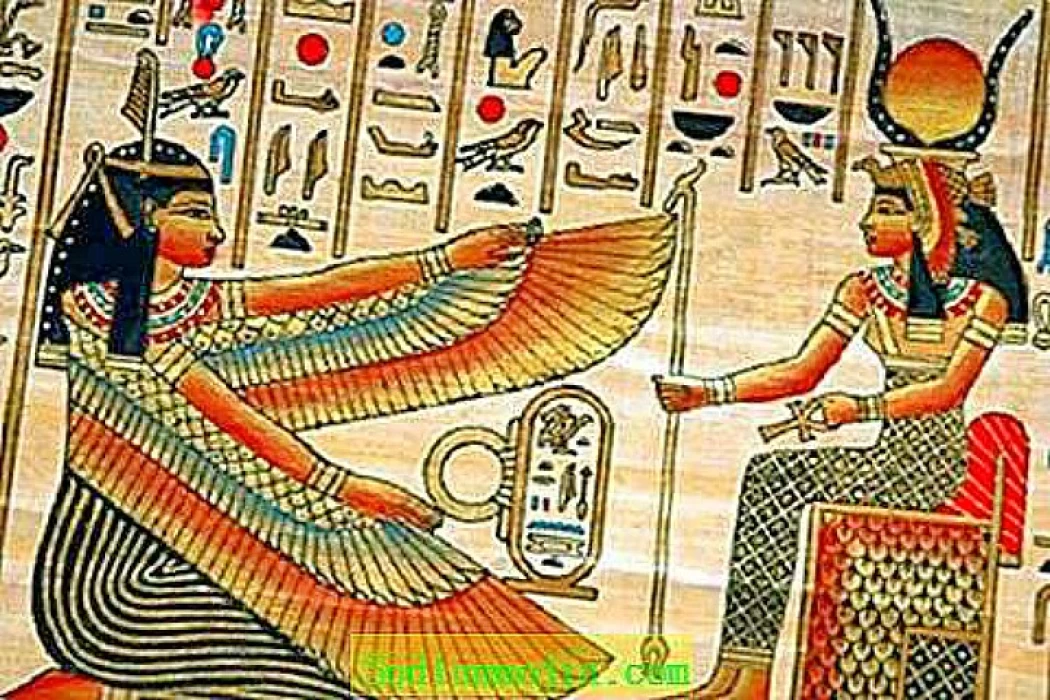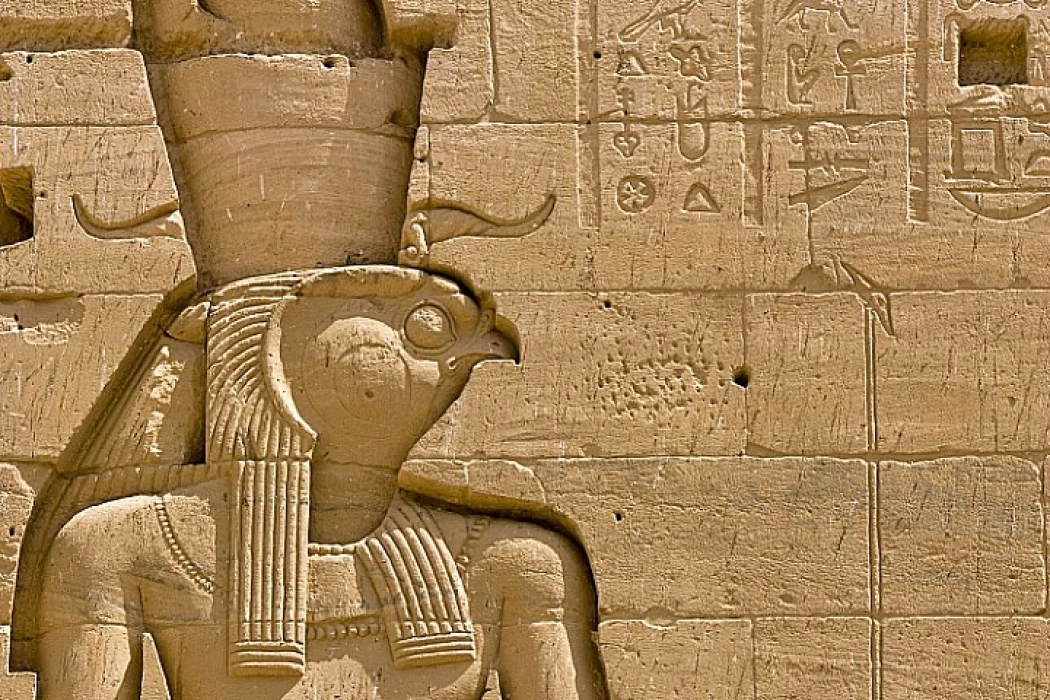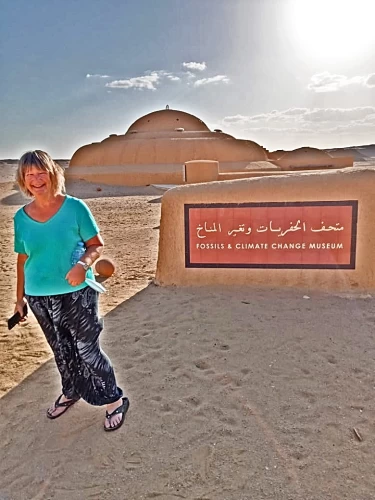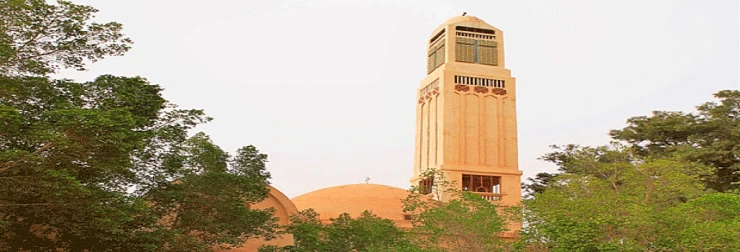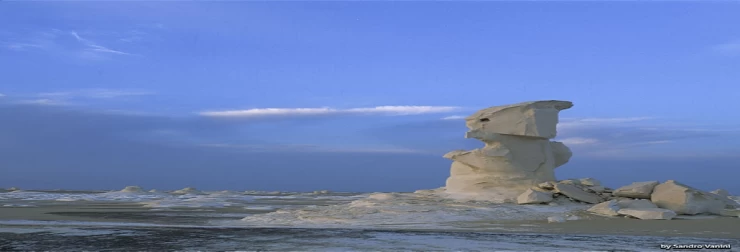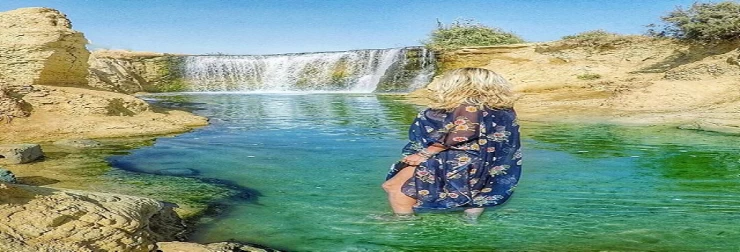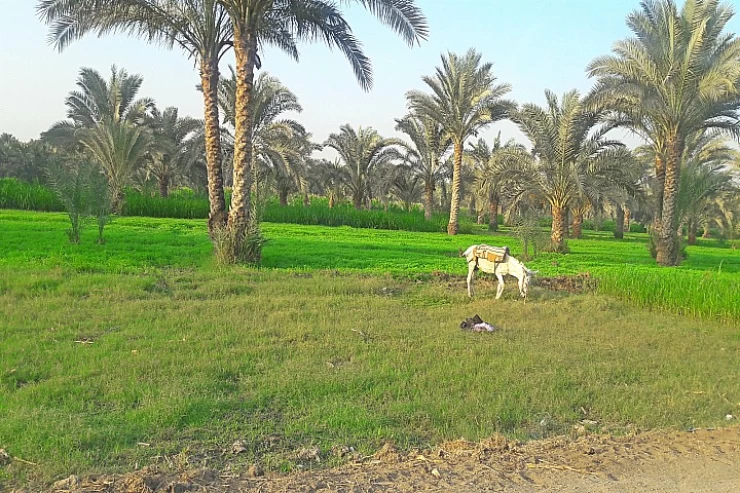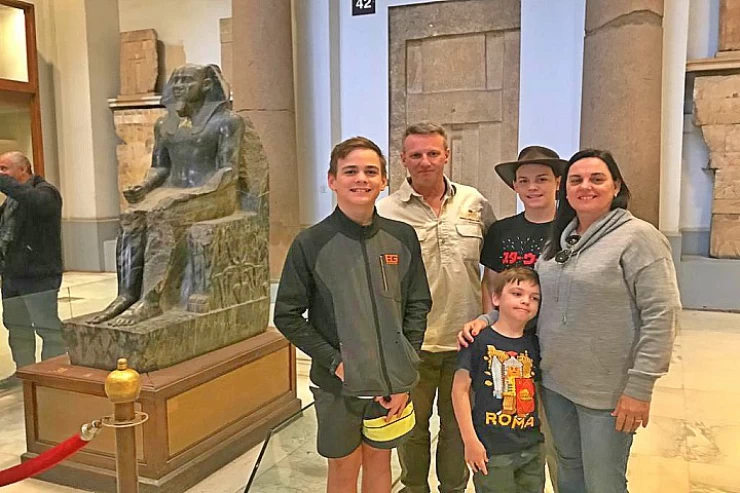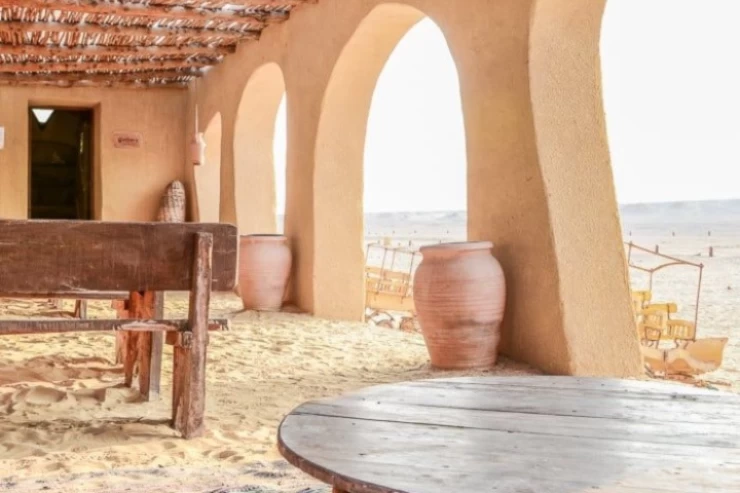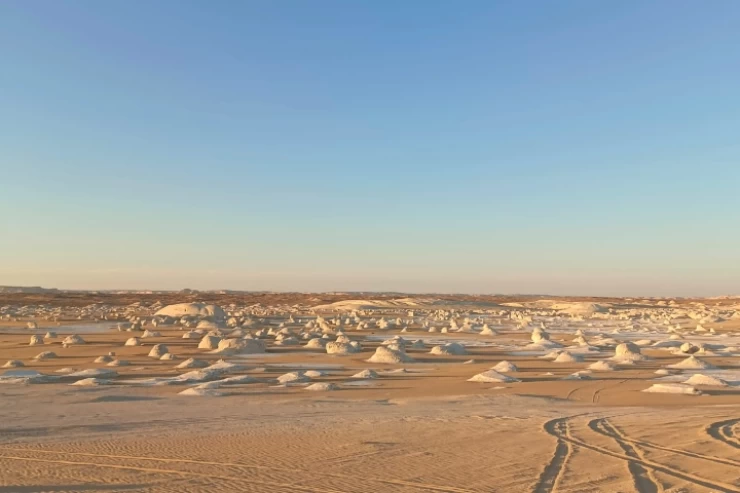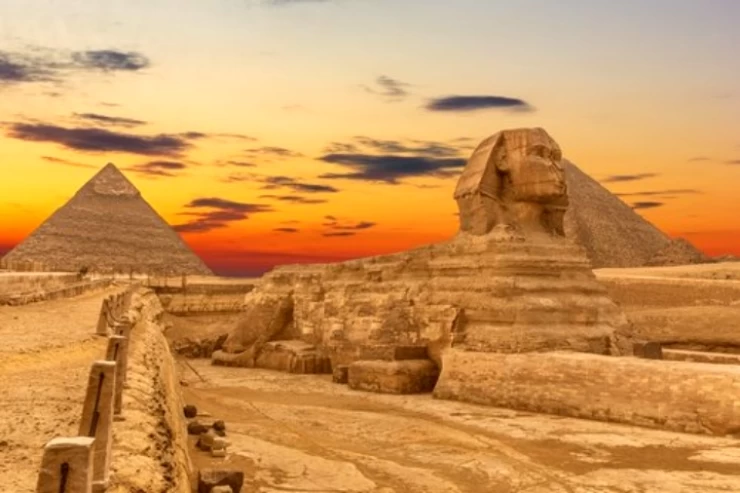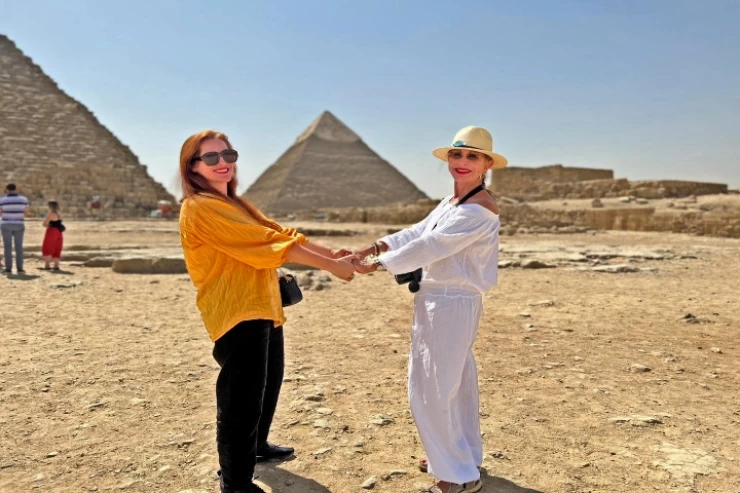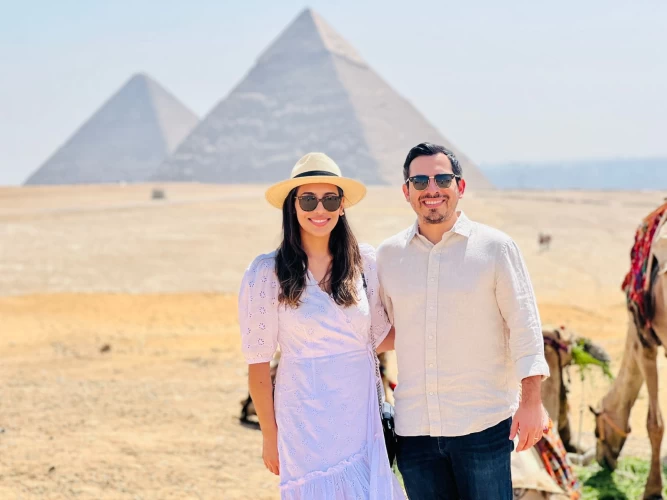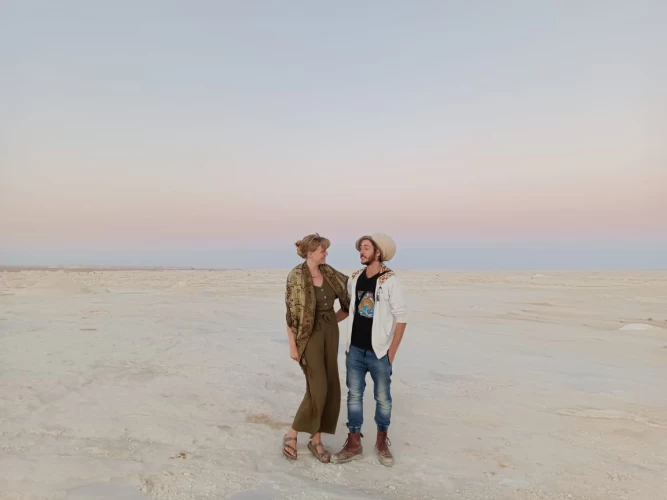
Al Fayoum History
History of Fayoum
The governorate is the largest natural oasis in Egypt, representing a deep depression in the limestone plateau of the Western Desert, surrounded by desert on every side except the southeast, where it is connected to Beni Suef governorate, and follows the North Upper Egypt region, 92 km southwest of Cairo governorate. The total area of the governorate is 6068.70 km², and its land meets lakes, springs, greenery, and desert to represent a diverse natural picture in addition to its mild climate throughout the year. The land of Fayoum is not flat but gradually slopes down from south to north.
During the Pharaonic era, Fayoum was part of the twentieth province of Upper Egypt, whose capital was Ehnasia, one of the centers of Beni Suef governorate today. It was considered a fishing center centered around Lake Maurice Lake Qarun today and was considered a fishing center. With the entry of the Ptolemaic era, the city of Kranis, located north of the current town of Fayoum and east of Lake Qarun, continued to flourish until the Roman era and then deteriorated at the end of the third century AD and the beginning of the fourth century. The reason behind its establishment was to settle Greek immigrants, and it was an agricultural area from the Ptolemaic era until the Roman era. Historians differ about the date of the campaign sent by Amr ibn al-Aas to conquer the Fayoum region. Some of them believe that he sent a squad to attack Fayoum in June 640 during his siege of the Babylonian fortress, while the other team believes that the Muslims did not hear about Fayoum until a year after they entered Egypt and after the fall of the Babylonian fortress, until some Egyptians guided them to it. During the modern era, the people of Fayoum participated in standing against the English occupation during the 1919 revolution led by Hamad Pasha al-Basil, and the day of their revolution on March 15 was considered a national holiday for the governorate.
Wadi al-Rayan Reserve
Wadi Al-Rayyan specializes in its integrated desert environment with its dunes, natural springs, different plant life, and various animals, as well as marine fossils, and the waterfalls area is considered one of the areas of various marine sports. The reserve has 15 species of wild animals, the most important of which are white deer, Egyptian deer, fennec fox, sand fox, and wolf, and there are several species of falcons.
Whale Valley Reserve
It is an area for fossils in the northwest of Wadi Al-Rayyan Reserve that is about 4 million years old. These fossils are fossilized structures of primitive whales, shark teeth, shells, and other marine animals that are considered an open museum, and there is a fossilized shura plant inside soft rocks.
The fossils proved that the whales were in the last stage of evolution before they changed their limbs to be able to live in the oceans. UNESCO said that the area contains large numbers of whale fossils and is unique in the degree of quality that makes it unique.
Lake Qarun Reserve
Located in the northwestern part of the Wadi al-Rayyan depression, Lake Qarun is one of the oldest natural lakes in the world and is the remnant of the ancient Lake Maurice, with an area of about 55,000 acres.
There are some scientifically and historically important geological formations in the northeast of the lake, as well as some water marshes that contain diverse plant communities, and many migratory and winter resident birds migrate to the lake.
Huwara pyramid
It is one of the ancient Egyptian pyramids. It is located in the village of Hawara, 9 km southeast of the city of Fayoum, from where it took its name. The pyramid was built from mud bricks and then covered with limestone on the outside. Its height is 58 meters, and the length of each side is 100 meters. In 1889, the English scientist Flinders Petrie succeeded in entering the pyramid and reaching the burial chamber, which consists of one huge block of quartzite stone that weighs up to 110 tons and has no door.
Pyramid of Lahun
It was built by King Senosert II of the Twelfth Dynasty and is 22 km from Fayoum. It was built of adobe bricks and was covered with limestone, 48 meters high and 106 meters long at its base. Its entrance is located on the south side and was built on a 12-meter-high hill.
Latest Articles
Admin
Wadi El Rayan in Faiyum | Waterfalls in Wadi El Rayan
Wadi Al-Rayan Nature Reserve is one of the distinguished tourist areas in Fayoum Governorate, and one of the most important areas is the picturesque Wadi Al-Rayan Falls with its charming nature, which made it a destination for hundreds of thousands of tourists from different countries of the world who visit it during the year and enjoy practicing various tourist activities around the waterfalls, such as sand skiing, bird watching, and others.
Admin
Tourism in Aswan | Aswan Tourism in Egypt
Aswan Governorate has a huge wealth of diverse natural attractions, including the great Nile River, a large number of nature reserves, vast areas of deserts and mountains, and other areas of attractive nature. It is also characterized by an ancient, unique, rich and diverse civilization, as it possesses a civilizational and cultural heritage that bears witness to all the periods of history that have succeeded in it during thousands of years.
Admin
The Medical Tourism in Egypt | Therapeutic Tourism Egypt
If you are planning medical tourism in Egypt and you don't know what medical tourism places you can visit, let me tell you, dear reader, about places rich in natural resources that provide effective treatments to get rid of diseases and get the most energy and vitality.
Admin
The Nile River information
The Nile River is the longest river in the world and is located in the continent of Africa, and it divides the land of Egypt from south to north to branch into two branches that flow into the Mediterranean Sea, namely the Rosetta Branch and the Damietta Branch, its length is from its headwaters in Lake Tanganyika to its mouth in the Mediterranean Sea
Admin
Goddess Isis | The Egyptian Goddess Isis
In the first millennium BCE, Isis and Osiris became the most worshipped Egyptian deities, and Isis took on many of the traits of the other gods. The rulers of Egypt and its neighbors to the south in Nubia began building temples specifically dedicated to Isis, and her temple at Philae was one of the most important religious centres for Egyptians and Nubians alike.
Admin
God Amun Ra | Amon Ra The Master of the Ancient Egyptian gods
By merging with Ra, Amun manifested himself in creation, thereby combining in himself the two divine opposites: as Amun, he was invisible, mysterious, and detached from the world, and as Ra, he was visible and the giver of everyday life. Similarly, he was associated with Maat, the Egyptian concept of justice and balance in the universe.
